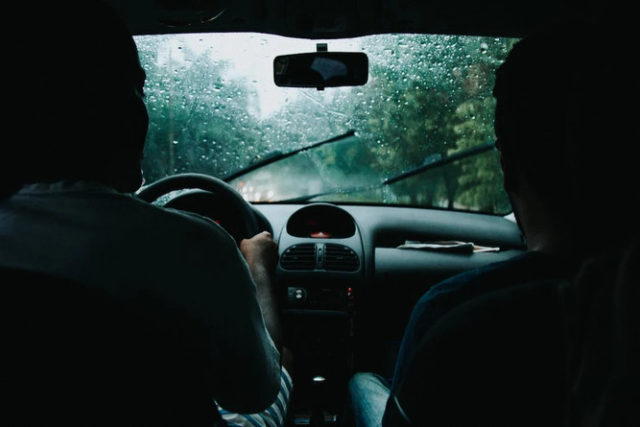Although the rainy season provides much-needed relief from the oppressive heat, it also poses difficulties for motorists. Driving might be dangerous because of heavy downpours, poor visibility, slick roads, and probable floods. Here are 10 crucial recommendations for driving safely during the monsoon season, for both your safety and the protection of others.
- Before you get on the road, inspect your vehicle: During the monsoon season, routine vehicle maintenance is essential. Examine the tread depth and air pressure in your tyres, test your brakes, and confirm that all of your lights are working properly.
- Go more slowly and keep safe distances: When it’s raining hard, slow down and keep a safe distance from the car in front of you. Roads that are wet have less traction, requiring longer stopping distances. Remaining further back gives you more time to respond in the event of unexpected braking.
- Smart Headlight Use: During monsoons, visibility is frequently decreased, making it challenging for drivers to see vehicles at a distance. Always turn on your headlights to improve visibility for you and other drivers, even during the day. When driving in a lot of rain, stay away from utilising high beams because they can reflect back and make visibility much worse.
- Defrost Your Windows and Windscreen: Your ability to see properly on the road can be greatly hampered by foggy windows. Keep the windscreen and windows clear by using the defogger or air conditioning system in the automobile. Pullover carefully if required to remove too much wetness.
- Watch out for aquaplaning: When a layer of water accumulates between the tyres and the road, it causes aquaplaning, which results in loss of control. Driving at a modest speed and avoiding rapid movements will help you avoid aquaplaning. If aquaplaning does occur, let up on the gas and steer gently in the desired direction.
- Steer clear of flooded roads: Never try to drive through flooded roads because it might be very risky. Your engine could become stalled by even a little amount of water, leaving you stuck. If you come upon a flooded road, go around and take another path or hold off till the water goes down.
- Watch Out for Potholes: Road potholes that might harm your car and result in accidents can be made or made worse by monsoon rainfall. Potholes should be avoided, especially in places with inadequate drainage.
- Use Caution in Areas with Standing Water: Hazards like open manholes or debris can be hidden in waterlogged areas. Approaching these locations should be done slowly and with considerable caution.
- Keep Current With Weather Conditions: Before you go on your trip, stay informed on the weather and the road. Avoid driving when there are severe weather warnings or when it is drizzling the most. Delay your trip if required until the conditions are better.
- Remain Patient and Calm: Although driving during the rainy season can be challenging, it’s important to maintain patience and composure. Anxiety can cause hasty decisions and unpredictable driving. To protect your safety and the safety of others, take deep breaths, focus on the road, and drive properly.
Conclusion
Driving during the monsoon season necessitates increased caution and focus. You can greatly lower the risks connected with slick and wet roads by heeding these ten crucial tips. To make your monsoon travels as safe as possible, put safety first, prepare your car, and monitor the weather. Keep in mind that it is preferable to arrive late than not at all.










































